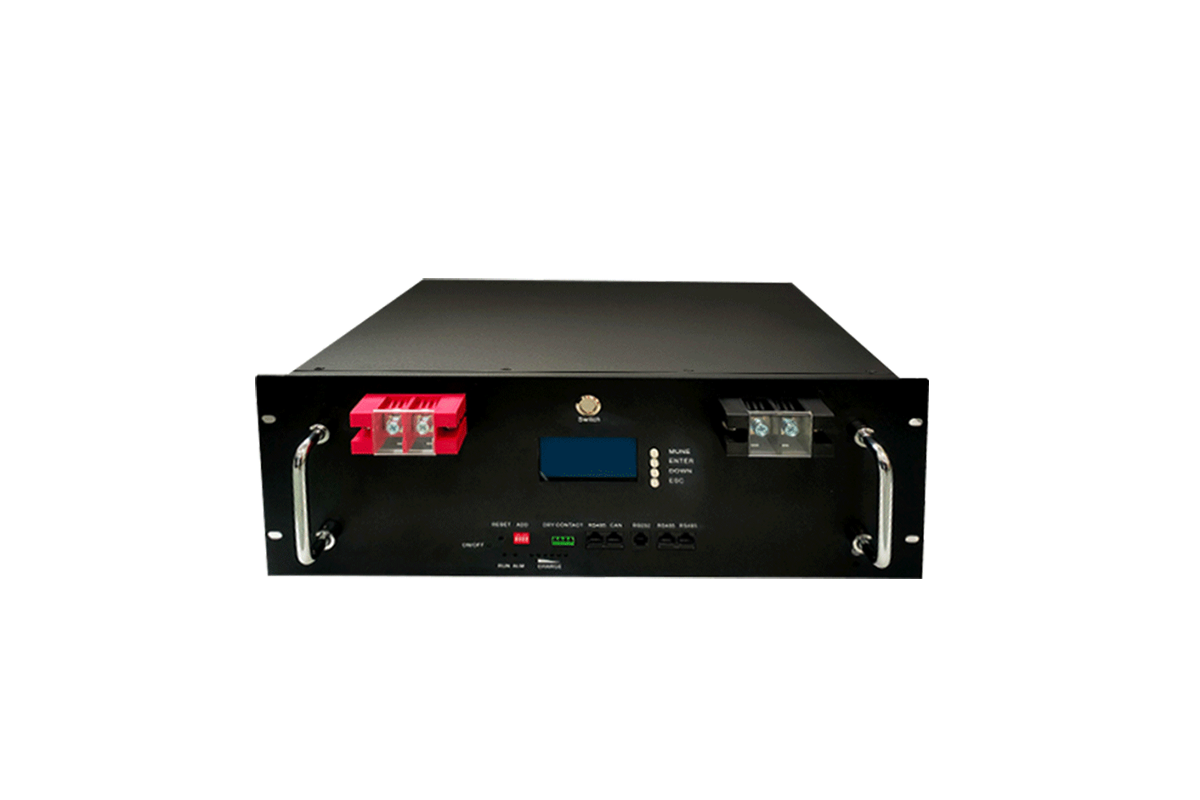

Time:2025-04-26 Views:1

Lithium polymer (LiPo) batteries exhibit exceptional electrical conductivity, a critical feature that distinguishes them from traditional lithium-ion (Li-ion) batteries with liquid electrolytes. This high conductivity stems primarily from their unique electrolyte composition, which typically consists of a gel-type or solid-state polymer matrix embedded with lithium salts (e.g., LiPF₆, LiClO₄). Unlike liquid electrolytes in conventional Li-ion batteries, the polymer electrolyte in LiPo batteries forms a stable, ion-conductive network that facilitates efficient lithium ion (Li⁺) transport while maintaining mechanical integrity.
The gel polymer electrolyte (GPE), a common type in LiPo batteries, achieves ionic conductivities in the range of 10⁻³ to 10⁻² S/cm at room temperature, comparable to or slightly lower than liquid electrolytes but with superior structural stability. This conductivity is enabled by the swelling of the polymer matrix in a liquid plasticizer, creating a semi-solid phase that allows Li⁺ ions to migrate through the electrolyte while preventing leakage. In solid-state LiPo batteries, advancements in polymer chemistry—such as poly(ethylene oxide) (PEO)-based composites with ceramic fillers (e.g., Al₂O₃, SiO₂)—have pushed ionic conductivities to 10⁻⁴ to 10⁻³ S/cm at elevated temperatures, though room-temperature conductivity remains a challenge.
High electrical conductivity in LiPo batteries directly enhances their performance in several ways. First, it enables faster charging and discharging rates, making LiPo batteries ideal for high-power applications like drones, electric vehicles, and portable electronics. For example, a LiPo battery with a gel electrolyte can support discharge currents of 10–20C (or higher in specialized designs), compared to 1–3C for many liquid-electrolyte Li-ion batteries, without significant voltage drop or energy loss. Second, the uniform ion distribution in polymer electrolytes reduces the risk of lithium dendrite formation—a major safety hazard in liquid-electrolyte batteries—thereby improving cycle life and reliability.
Moreover, the conductivity of LiPo electrolytes can be further optimized through nanocomposite engineering. Incorporating nanoscale fillers (e.g., lithium titanate, graphene oxide) into the polymer matrix enhances ion migration pathways and mechanical strength, while surface functionalization of fillers improves interfacial compatibility with the polymer. These innovations have led to hybrid electrolytes that combine the high conductivity of liquid electrolytes with the safety benefits of solid-state systems, positioning LiPo batteries as a key technology for next-generation energy storage.
the high electrical conductivity of LiPo batteries arises from their advanced polymer electrolyte systems, enabling superior power density, fast charging capabilities, and enhanced safety. Continued research in polymer chemistry and nanocomposite materials is expected to further boost conductivity and expand their application in high-performance energy storage solutions.
Read recommendations:
Eco - friendly Alternatives to Nickel - Cadmium Batteries